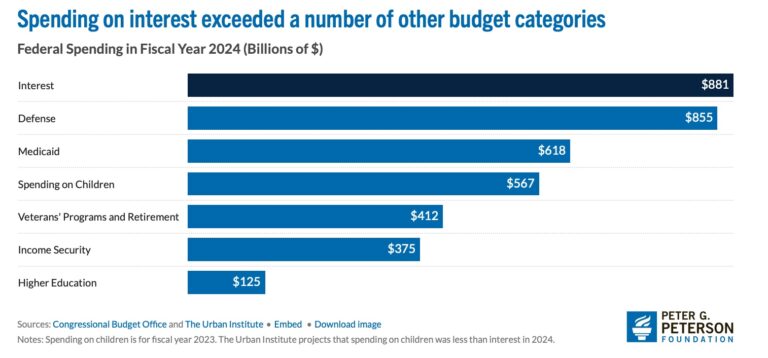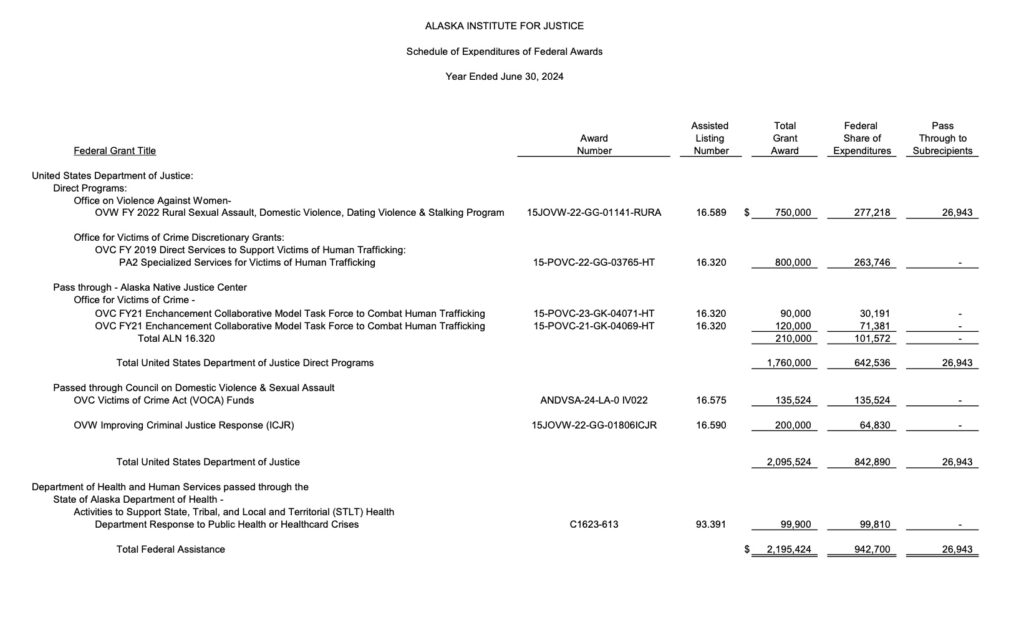By REP. KEVIN MCCABE
If there was any real data from the employers who would use a state defined benefits (pension) plan that would indicate that such a plan would help keep public employees from leaving, or if these defined benefits plans were not such a dud, I’d be all for it. Let me explain.
In a defined benefit plan, the risk is primarily assumed by the employer (or the government, in the case of public sector pensions) rather than the individual retiree. This means that to limit risk, the plan would necessarily be in less risky (read less profitable) investments so the plan would remain solvent. This is the overarching goal of the plan.
Here is how the risk is distributed in a defined benefit plan
- The employer (government) assumes the primary risk. The employee typically gives up dollars per hour in contract negotiations to help the employer fund this plan on the front end. Employees are also often asked to contribute a certain percentage of wages to this plan as well as pay for the ability to transfer the remainder of the plan to a spouse upon the retiree’s death.
- Investment risk. The employer is responsible for ensuring that the pension fund has enough assets to pay future benefits. If investment returns fall short, the employer must make up the difference.
- Longevity Risk. If retirees live longer than expected, the plan must continue payments beyond what was originally projected with taxpayers picking up the loss.
- Inflation Risk (sometimes shared). Some DB plans include cost-of-living adjustments (COLAs), meaning the employer bears the burden of rising expenses over time.
Employees (Retirees) have limited risk, but some exists
- Insolvency risk. If the employer (or government entity) mismanages the pension fund, there’s a risk of benefit cuts. Private pensions in the US are partially insured by the Pension Benefit Guaranty Corporation, but public pensions depend on taxpayers.
- Policy and funding changes. Governments or corporations can modify future benefits (e.g., increasing retirement age, reducing COLAs) for active workers, though not typically for already-retired employees.
- Taxpayers risk (for public pensions). In the case of government pensions, if there’s a shortfall, it’s ultimately taxpayers who cover the gap through increased taxes or redirected public funds. This has been a major issue in states with underfunded pension systems.
- 401(k) plans shift risk (and rewards) to the individual. A 401(k), IRA, or defined contribution plan shifts investment and longevity risk to the retiree. If market returns are poor, the individual bears the losses. However, they also have more control over their investments and withdrawals and are able to invest in higher yield stocks earlier in their career. Typically, in a 401(k), a decent manager would not be so risk-averse in the early stages of an employees building of his retirement plan as a DB plan administrator must be to protect the plan itself.
In short, defined benefit plans protect retirees but put financial pressure on the employer (taxpayers) whereas 401(k) plans give individuals control but also expose them to market risks.
Historically, whether it’s better to assume risk and control your own retirement savings or rely on a secure pension depends on several factors, including market performance, personal financial habits and age, as well as the stability of pension funds and the underlying (funding) employer. Defined benefit funds are also subject to the vagaries of contract negotiations for union members and the fund manager that the employer contracts with.
Let’s break it down further
- Investment growth, 401(k) vs. Pension Returns. A well-managed 401(k) can outperform a pension if the individual starts early, invests wisely, takes advantage of market growth, and manages withdrawals efficiently.
- Not all individuals are skilled investors, however, and many people fail to save enough, invest too conservatively, or panic-sell during downturns. It pays to have a professional fund manager to help with your investment decisions.
- Defined benefit pensions typically assume a lower but stable return (often ~6-7%) because they invest heavily in bonds and diversified assets for long-term stability and to protect the corpus of the fund as they must fulfill the guaranteed benefit to retirees.
- Historically US stock markets have averaged ~10% annual returns over the long term, meaning disciplined 401(k) investors often accumulate more wealth.
Risk assessments. Guaranteed Income vs. Market Volatility
- A defined benefit pension eliminates longevity risk (outliving savings) and market risk (bad investments).
- A 401(k) requires personal responsibility, and retirees must manage their own withdrawals carefully to avoid running out of money. Again a professional fund manager is helpful.
- Market downturns (e.g., 2008 financial crisis) hit 401(k) holders hard, while pensioners continued receiving their checks.
- Historically 401(k) participants can build more wealth, but many mismanage their funds. And, while pensions offer security, they limit flexibility, and if underfunded (like some state pensions [SUCH AS ALASKA]), there’s risk of benefit cuts.
- The decline of pensions and rise of 401(k)s. In recent years, private-sector pensions have nearly disappeared because they are expensive for employers and unpredictable in cost. Congress also allowed the money that was supposed to be set aside for pensions to be used for operating capital. This resulted in some spectacular losses for retirees when the employer they retired from went bankrupt. So most employers now offer 401(k) plans instead, shifting risk to workers but allowing them to build personal wealth often even offering a professional fund manager with a wide range of options for the employee. While public sector jobs still offer pensions, many are underfunded and could see future changes including bankruptcy of the State or entity that carries the fund.
So which has historically been better? For disciplined investors, a 401(k) will almost certainly outperform a pension if invested wisely and withdrawn responsibly. For risk-averse individuals: A defined benefit pension is better because it guarantees income for life without requiring investment skill.
The transferability question
Heirs cannot inherit the wealth accumulated (the money the employee pays in), or loses in contract negotiations, in a defined benefit plan in the same way they could inherit a 401(k) or other defined contribution accounts. Here’s why:
- A defined benefit pension provides a guaranteed income for life but does not function like a personal investment account. The employee or retiree does not “own” the wealth accumulated in the plan. Instead, the retiree receives a monthly benefit based on salary history and years of service, but there is no individual account balance to pass down.
- Survivor benefits (limited inheritance). Some defined benefits plans offer a survivor benefit option, meaning a spouse (or in rare cases, a dependent child) can continue receiving payments after the retiree dies. This often requires choosing a reduced pension payout in retirement to cover a surviving spouse.
- Once both the retiree and eligible survivor die, payments stop, and nothing is left to pass to heirs.
How a 401(k) or IRA differs from a defined benefits plan
- 401(k)s and IRAs are personal “assets” beneficiaries can inherit any remaining balance.
- A retiree could pass down hundreds of thousands or even millions to his or her heirs in a 401(k), whereas a defined benefits pension ends when the beneficiary dies (except for pre-arranged survivor benefits).
What If You Die Before Retirement?
Some pensions have a lump-sum death benefit for heirs if the worker dies before retirement. However, this is usually a small payout compared to the total contributions made over time (the “wealth” invested in the fund by the worker).
The bottom line is that a 401(k) or IRA allows for full wealth transfer to heirs, while a defined benefits pension provides lifelong income but generally does not create generational wealth. If leaving money to children is a priority, a 401(k), IRA, or personal investments offer better inheritance potential.
Rep. Kevin McCabe is a legislator from Big Lake, Alaska.









